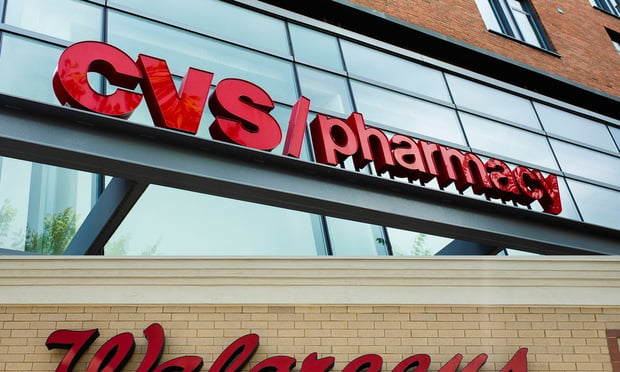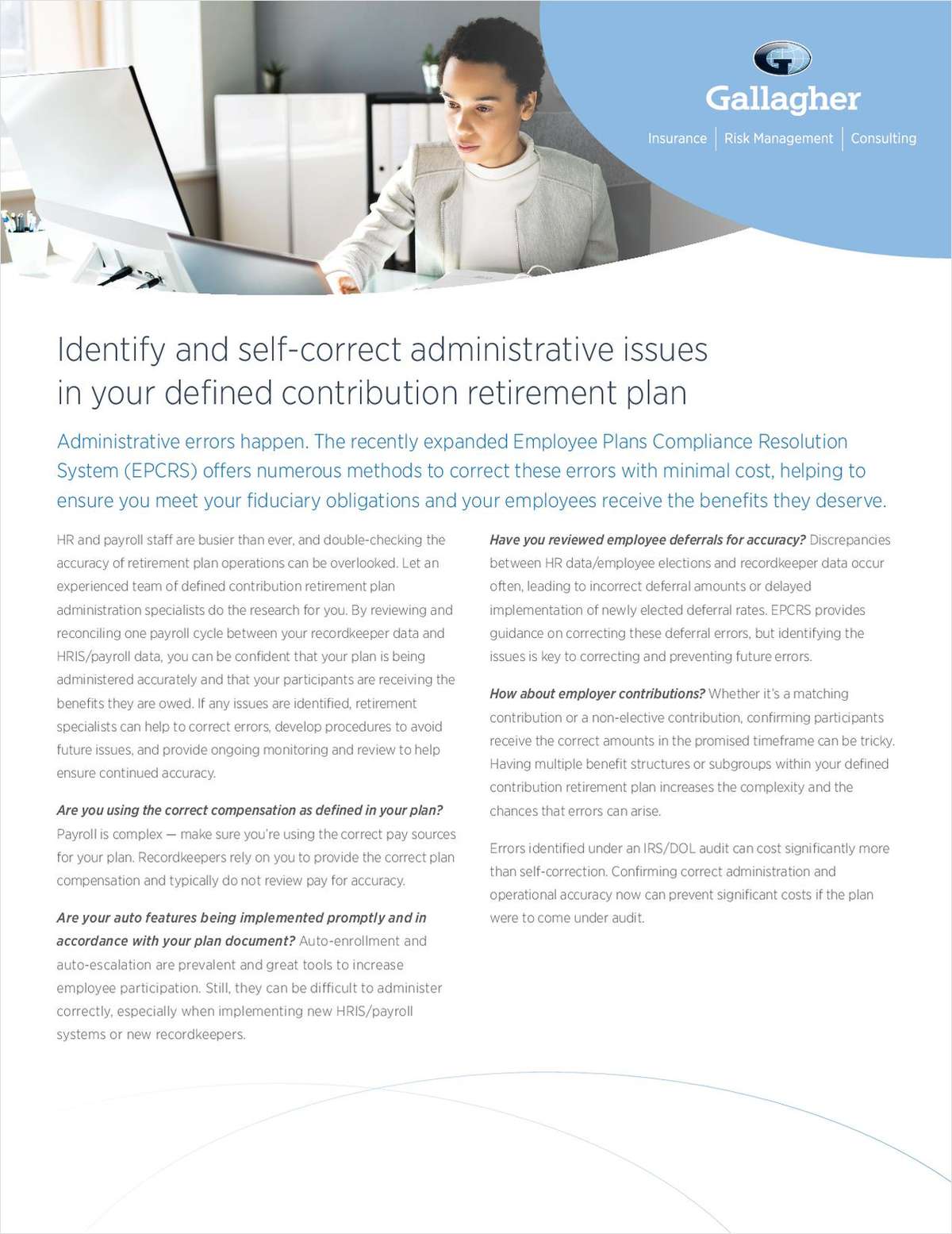 From 2011-2019, large drug companies had a return on investment capital of 17.3 percent, compared to the average ROIC across all other industries of 11.5 percent. (Photo: Shutterstock)
From 2011-2019, large drug companies had a return on investment capital of 17.3 percent, compared to the average ROIC across all other industries of 11.5 percent. (Photo: Shutterstock)
Pharma has been countering the call for government-mandated price restrictions by arguing that lower industry revenues would stymie development of needed drugs.
A group of researchers at the West Health Policy Center and Johns Hopkins Bloomberg School of Public Health say that's a lot of hooey–claiming they have the data to back that up.
"We find that large pharmaceutical manufacturers could endure significant revenue reductions, including the reductions considered in recent legislative proposals, while maintaining current research investments and still achieve the highest returns of any market sector," the researchers write in their white paper, "How Much Can Pharma Lose?"
They compared the returns among 23 large pharmaceutical manufacturers with more than 2,000 companies in other industries, using the metric return on invested capital (ROIC): a company's net operating profit after tax divided by its total invested capital. The researchers found that from 2011-2019, large drug companies were the most profitable industry, with a combined ROIC of 17.3 percent; the next most profitable industries ("accommodation and food services" and "professional, scientific, and technical services") each had an ROIC of 15.3 percent and the average ROIC across industries (excluding large drug companies) was 11.5 percent.
The researchers then calculated what the impact of recent federal legislative price reduction proposals could be on future ROIC. They found that from 2020-2029, large pharmaceutical manufacturers would be expected to earn $2.28 billion in profit on $9.94 billion in net sales revenue. Of that revenue, large pharmaceutical manufacturers could see $758.1 billion in revenue reduction and still maintain an industry-leading ROIC of 15.3 percent.
Indeed, these manufacturers could face an even greater $1.45 billion reduction in revenue and still maintain an ROIC greater than 75 percent of other industries, while a revenue reduction of nearly $2.24 billion would leave manufacturers with an average ROIC, the researchers found.
"Recent legislative proposals to address drug spending have been scored to reduce drug spending, and thus pharmaceutical manufacturer revenue, from $100 billion to $481 billion from 2020 to 2029," they write. "While the pharmaceutical industry has likened these losses to a 'nuclear winter,' we find that large pharmaceutical manufacturers would be able to weather these losses and still maintain an attractive ROIC compared to other industries."
The researchers conclude that manufacturers could still maintain a revenue level that is attractive to institutional investors without reducing current expenditures for research and development — rebutting the argument that recent legislative proposals would "drastically harm innovation."
"Even with lower revenues, large pharmaceutical companies would still present one of the best investment options for institutional investors, undercutting the notion that capital would flee to other industries and that large pharmaceutical companies would be unable to significantly reward venture capital investments in early-stage research," they conclude.
Complete your profile to continue reading and get FREE access to BenefitsPRO, part of your ALM digital membership.
Your access to unlimited BenefitsPRO content isn’t changing.
Once you are an ALM digital member, you’ll receive:
- Breaking benefits news and analysis, on-site and via our newsletters and custom alerts
- Educational webcasts, white papers, and ebooks from industry thought leaders
- Critical converage of the property casualty insurance and financial advisory markets on our other ALM sites, PropertyCasualty360 and ThinkAdvisor
Already have an account? Sign In Now
© 2025 ALM Global, LLC, All Rights Reserved. Request academic re-use from www.copyright.com. All other uses, submit a request to [email protected]. For more information visit Asset & Logo Licensing.








